Respiratory Management
It is also important to note that CCHS must be factored into treatment planning for all other medical conditions affecting the patient. For example, sedative and antihistamine drugs should be largely avoided as they can worsen hypoventilation. Surgical procedures should not be performed without an in-depth conversation with the anesthesiologist regarding CCHS risks. It is imperative that any treating clinician is made aware of the patient’s CCHS diagnosis and related implications.
Common Terms Used With Mechanical Ventilation:
Respiration/Breath Rate (RR): The number of breaths delivered in one minute.
Tidal Volume (TV): The volume of air that moves in a single normal inspiration or expiration.
Flow Rate: The amount of time to achieve tidal volume (TV).
Minute Ventilation (MV): The amount of air inhaled and exhaled in one minute.
Peak Inspiratory Pressure (PIP): The highest amount of pressure in the lungs when filled with air.
Positive End Expiratory Pressure (PEEP): The amount of pressure remaining in the lungs after expiration.
Volume Control Ventilation: The amount of air (TV) is guaranteed by the ventilator but not the pressure (PIP).
Pressure Control Ventilation: The amount of airway pressure (PIP) is guaranteed by the ventilator but not the amount of air (TV)
For information on other CCHS symptoms and related treatments, click here.

Subscribe to the CCHS Network Newsletter for Updates
© ALL RIGHTS RESERVED. CCHS Network.
WEB DESIGN MADE WITH 